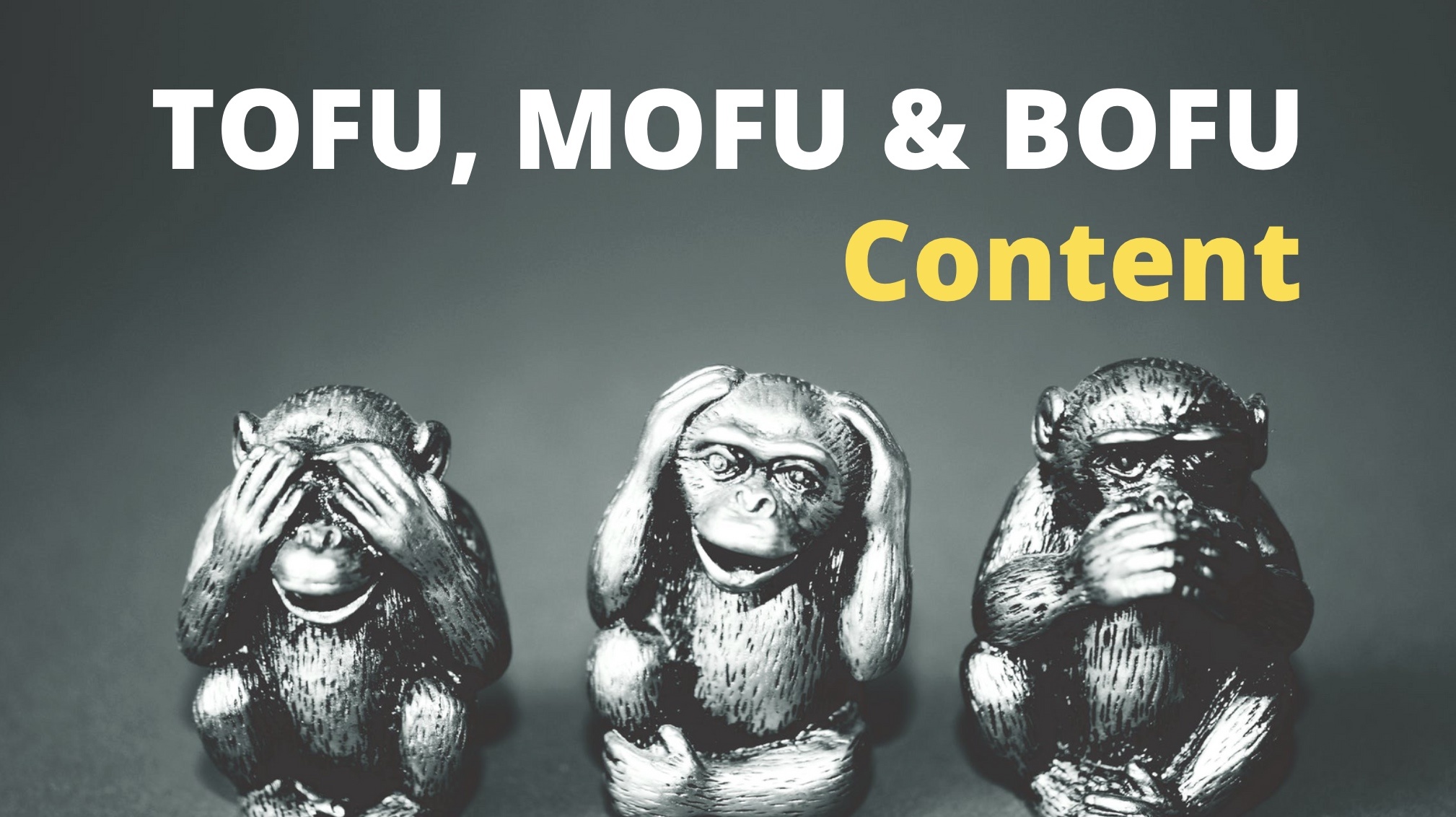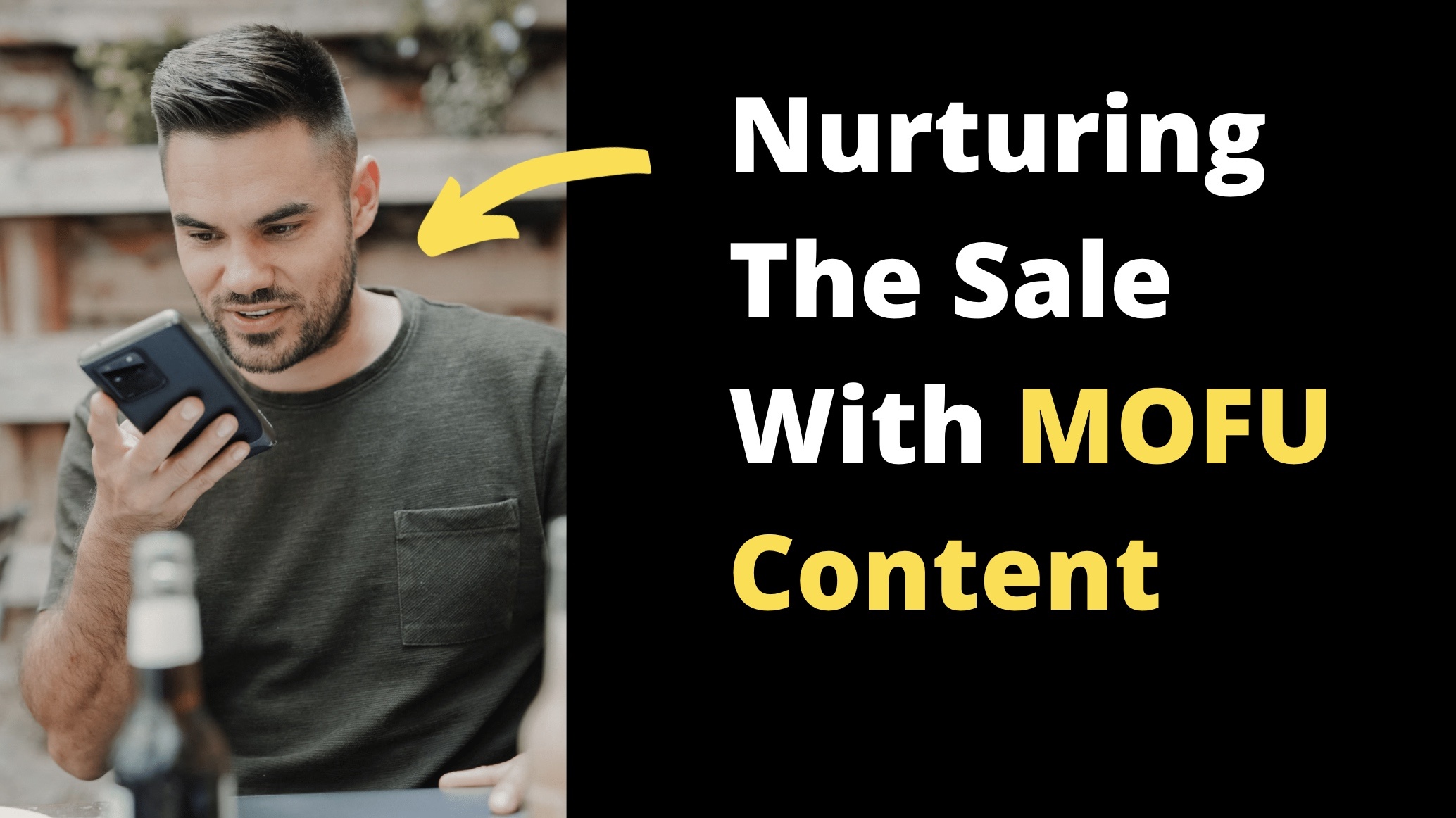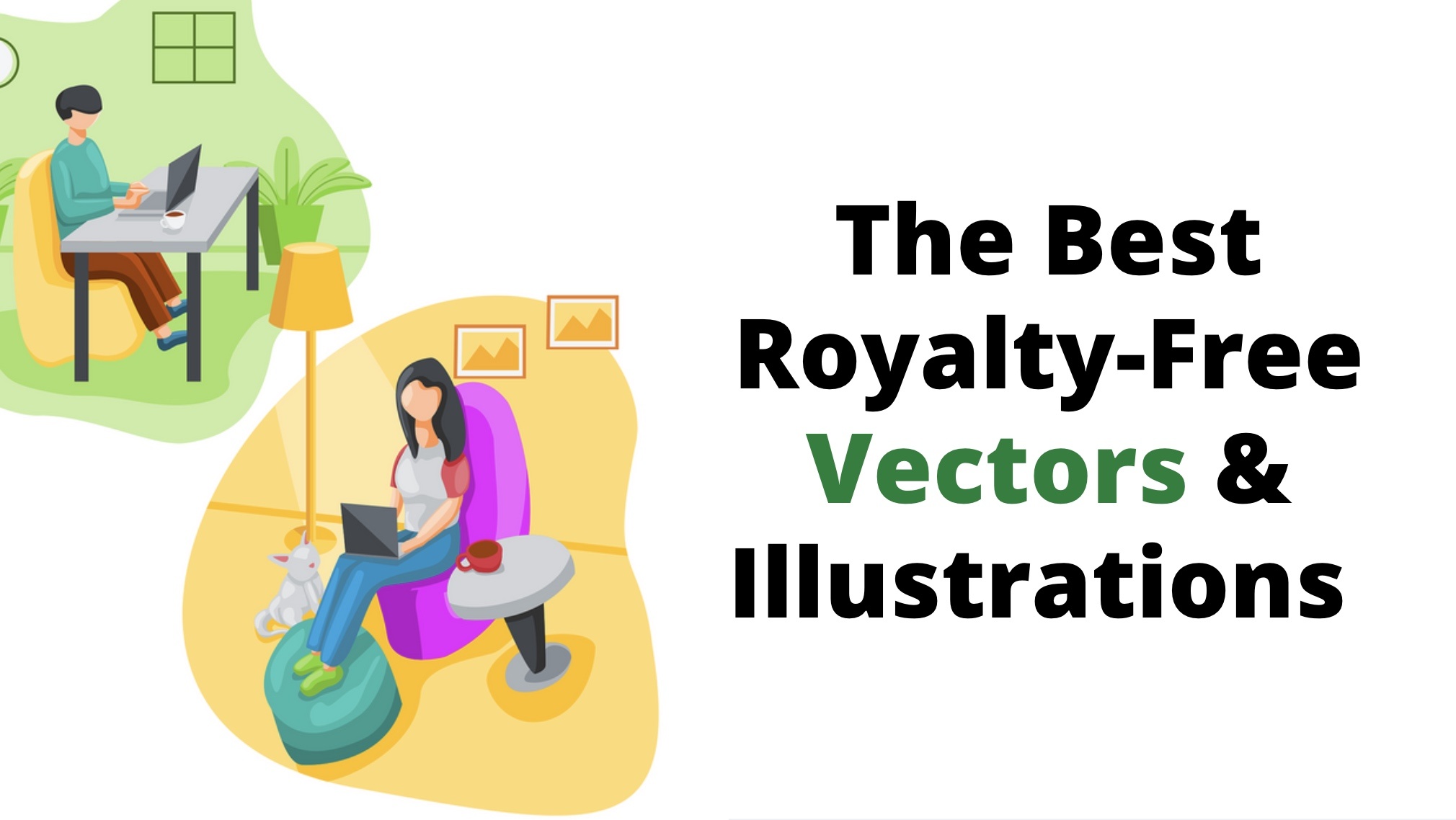Branded Content vs Content Marketing (All You Need To Know)
January 6, 2020 | Sean Foo

Digital marketing is transforming and brands today are increasingly getting innovative in their content creation with less focused placed on traditional advertising – after all, who clicks on banner ads nowadays!
In fact, brands are quickly realizing that it takes audiences between 6 to 8 encounters with your brand’s content before they become a serious prospect while leads that come organically are 9x more likely to close versus those from outbound methods.
But what type of content is best?
And what in the world is the difference between branded content and content marketing?
Sure, getting leads and sales is the ultimate goal, but the way they function is different. Let’s break it down.
Branded Content & Content Marketing Have Different Goals
A great way to understand the difference is to understand the immediate purpose and goal of each:
What Branded Content Is All About
Branded Content is content that is created to draw in new audiences, build brand awareness and spurring engagement with the brand.
However, this content does not involve any pushing of the brand or its product in the content – the association done is very light or subtle – it has to feel natural to the viewer.
Branded content is about associating the brand to a feeling & a set of values while providing something valuable to the audience – this can be either educational or entertainment value.
A great example is Red Bull’s YouTube video “Last Call for Mr. Paul” that showcases world-class free runner Jason Paul dashing through the airport with fantastic jaw-dropping moves.
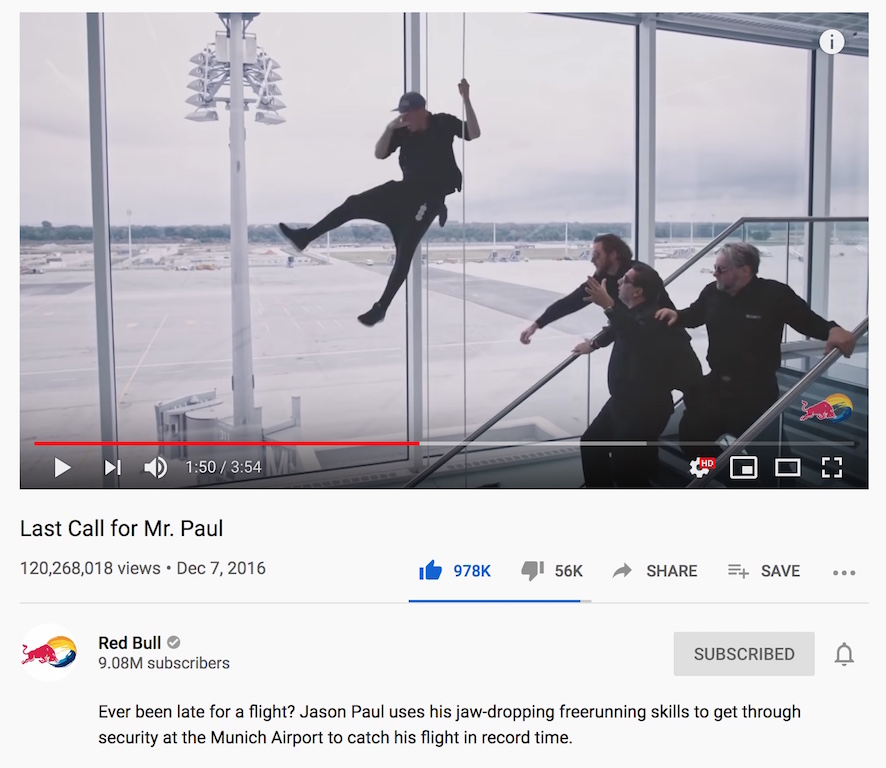
The brand associations here are incredibly light with few instances such as the red-bull cap he is wearing, this video is meant to entertain viewers and create massive brand awareness beyond their subscriber base.
With over 120 million views, this piece of content brings awareness to Red Bull and engagement (from articles written about it to shares on social media to friends), Red Bull has associated themselves with freestyle sports, a rebel youth culture and extreme feats done by people.
Even tech giant Airbnb is hopping onto the branded content bandwagon, working on a TV show focusing on taking audiences on a journey to discover unique living spaces around the world.
What Content Marketing Really Is
Content marketing is the creation of content that is specifically tailored to potential customers and is done to primarily solve the problems and challenges they face.
This will then help to build brand trust and learn more about your business and the solutions you are selling.
Content marketing is in the business of turning traffic (visitors) into prospects or leads.
Take Expedia’s travel blog, for example, their content there is specifically tailored for their target audience (holidayers and travelers) solving a challenge that is directly related to their business – how to travel affordably.

In fact, this blog post content is tailored specifically for people in Singapore looking for a cheap holiday during the Christmas season in 2019.
Content marketing targets topics that are commonly searched (on Google) or talked about by their target customers, and by creating topics that directly answer these questions or challenges, the brand builds trust and goodwill with their audience.
This will then lead towards prospects to research and understand more about the business willingly which will, in turn, drive up leads and sales.
4 Key Differences Between Branded Content & Content Marketing
Difference 1: Branded Content Uses Story-Telling Much More
While it is common for content marketing to also throw in some story elements here and there to engage the viewer – branded content is a master at immersive story-telling that plunges the reader into another world.
Netflix, in a partnership with the New York Times, wrote a long-form and interactive article that tapped into the audience of the publication, teaching them about the history of slavery and prison in black America to spread brand awareness of their “13th” Documentary Feature on Netflix’s streaming service.
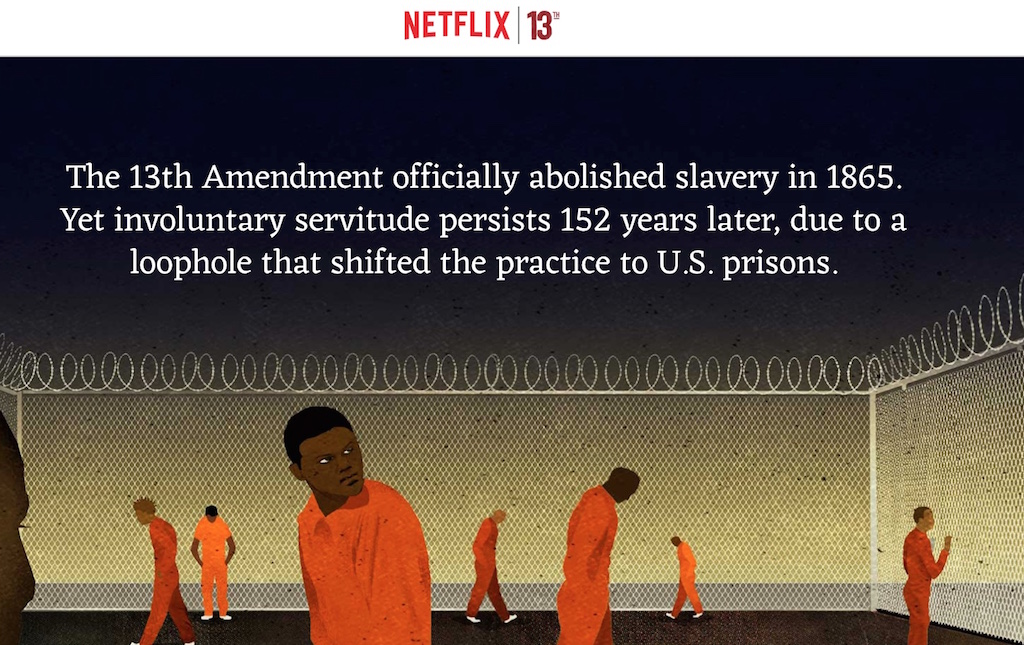
Instead of simply writing yet another journalistic article, the content is presented as an immersive experience that combined interviews, seamless animations and a narrative that brings readers down the path of what it might be like to be living as an African-American felon in modern America.
Difference 2: Content Marketing Weaves In Their Product Into The Content
Unlike branded content, content marketing is about driving leads and sales – that means strategically including their product into the content they are producing.
Don’t confuse this with direct-advertising, it is done tastefully and the content has to accomplish its main goal of helping the viewer solve a specific challenge or problem – that’s why they are even looking at the content in the first place.
Here are 3 rules to follow:
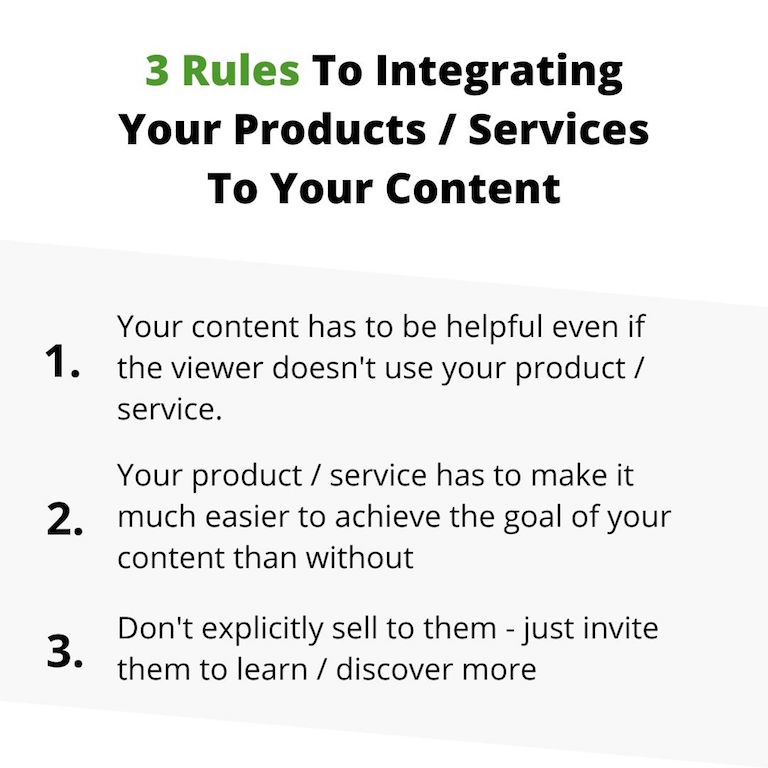
Take Ahref’s video on “Digital Marketing for Beginners: 7 Strategies That Work”, immediately you can tell that it is a piece of targeted informative content that targets a specific problem for a specific audience – newbie marketers looking for effective strategies to start with.
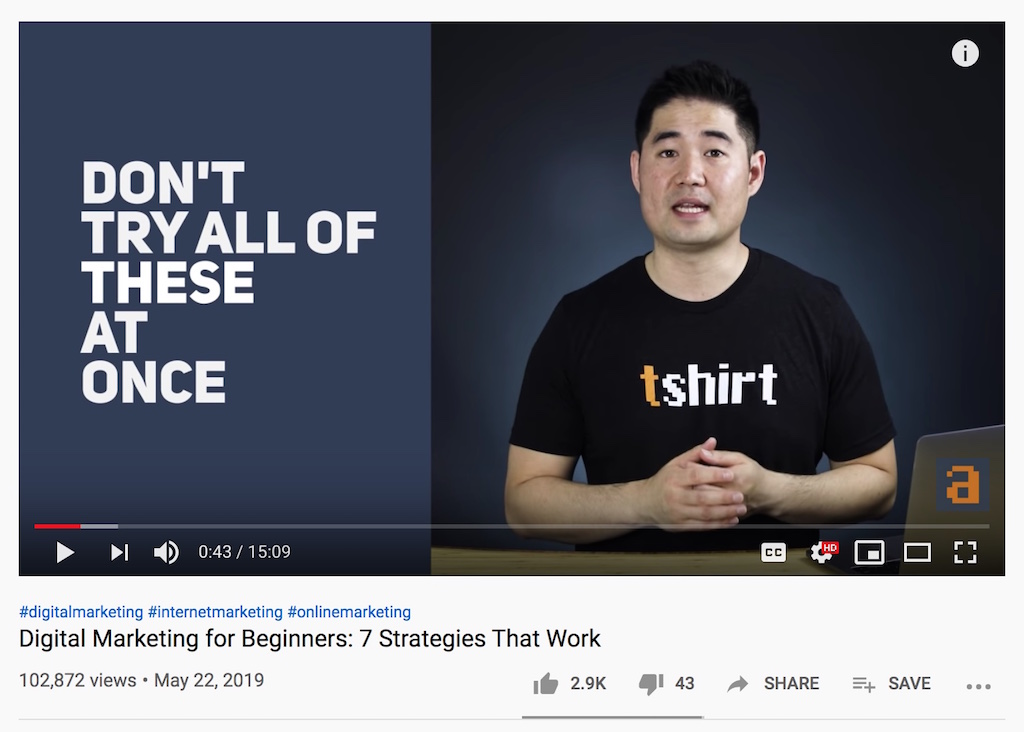
The video goes through comprehensively of all the strategies and marketing platforms, giving tremendous value by itself.
Does it promote its own solution (An SEO tool platform)?
Hell yes, but it is weaved in tastefully into the 7 strategies as a solution to ‘speed things up’ and make the journey easier – but it is not 100% necessary. The viewer can still take home 90% of the value without even signing up for their service.
Difference 3: Branded Content Delivers Faster Results
If you recall, the goals for branded content is brand awareness plus brand engagement, while content marketing is brand trust and tangible leads/sales.
Which of the two is easier to achieve?
Brand awareness and engagement of course! (Because it doesn’t involve pulling out your wallet to make a purchase)
This means branded content can be launched as a one-off campaign and massively distributed through various channels (big publications, YouTube, Facebook Ads, PR agencies) and get results (if your content is on point).
One great example is Dove’s Real Beauty Sketches video campaign that delivered 50 million views within 12 days of its release and over 180 million views to date.

Content marketing, however, is a slow-burn and a long process, especially if you are building your own audience base from scratch. After all, it entails:
– Publishing regular content on your platform
– SEO optimization to channel traffic to your website/channel
– Interacting with your base of audience
– Contributing to your community (Guest posting, content collaborations etc)
You get the picture. It could take you months and even years (depending on the size of your content team) before any meaningful results can be enjoyed.
Remember, meaningful results in content marketing equals leads & sales (not just views and engagement).
And that brings us to the last difference between branded content and content marketing.
4. The Distribution Strategy Is Different
While both branded content and content marketing content can exist in the brand’s own platform – such as a YouTube channel, website blog or a podcast channel, branded content is more flexible in its distribution strategy.
Because it is mainly after brand awareness, branded content can be distributed on massive mainstream publications such as Hulu, HBO, Huffington Post and the New York Times.
That also means branded content is much more of a staple for bigger companies like Starbucks and Red Bull versus new technology startups that is revenue focused where ROI on every marketing dollar is scrutinized and measured.
Sure, content marketing content can be distributed far and wide on different platforms (such as Facebook, Instagram and publications), but these will be targeting a niche audience.
The holy grail for content marketing is to direct organic traffic from search engines and social media back to their ‘home-base’ platform such as their website.
It is only there where the conversion magic can truly happen – lead capture forms & email nurturing sequences for example.
Branded Content & Content Marketing Are Two Sides Of The Same Coin
Use branded content to gain awareness and engagement, reeling in audiences onto your website.
Then utilize content marketing to filter through and speak to your target prospects to start the trust-building process for that nice sweet conversion – leads and sales.
Starbucks utilizes both branded content and content marketing to spread their brand awareness and foster greater brand loyalty to sell even more cups of coffee.
By launching its own video series ‘Upstanders’, Starbucks created an on-going branded content series that helped them connect with audiences and spread their brand awareness by telling stories about communities that are close to people’s hearts.
Nothing about coffee or their delicious cheesecakes.
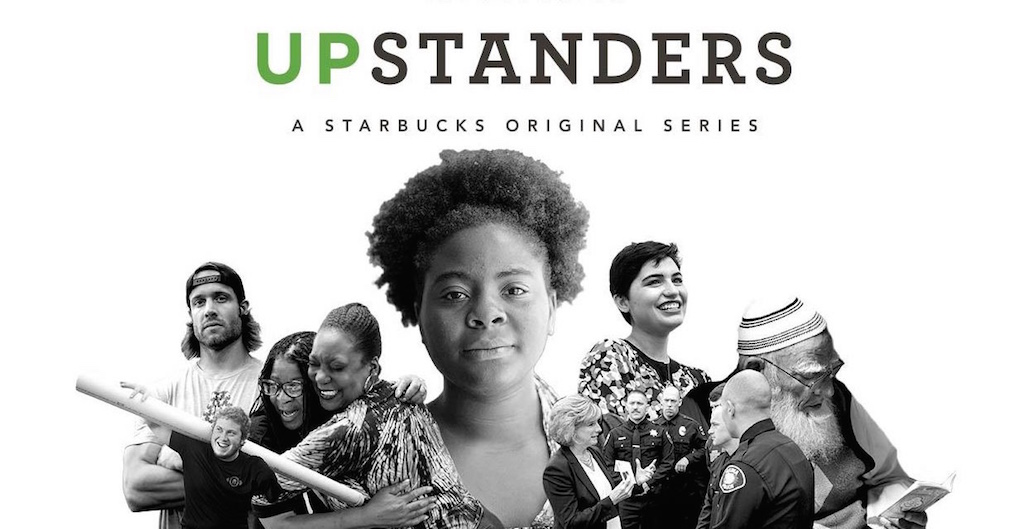
With a reach of over 60 million people during season 1 of the series, Upstanders is a perfect example of branded content working to drive awareness and engagement with the brand.
On the content marketing side, Starbucks builds brand loyalty by providing helpful information that helps its readers while associating the content with their products (you know, coffee and breakfast sandwiches).
One awesome example is the article on their blog such as the piece below that provides quick tips for their readers to be healthy while still enjoying their meals at Starbucks.

The article solves a real challenge faced by their customers – how to hit their fitness goals without sacrificing their favorite coffee hour at Starbucks.
Content marketing allows Starbucks to be directly helpful to their legions of fans and customers, making it harder for their loyalty to sway towards another coffee brand.
Which Strategy Should Your Business Adopt?
If generating hard cold sales or lead generation is important for you, you should be looking at developing your content marketing strategy and quick!
It is something that will take time to ramp up and deliver results – especially if your content is blogging where it takes time for the awesome content marketing benefits to come in and compound.
However, if reaching new audiences and associating your brand with key values you identify with, branded content is a perfect way to go.
Looking to create your own branded content or content marketing strategy?
We can help! Drop us a message and we’ll be in touch!
